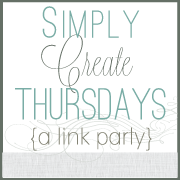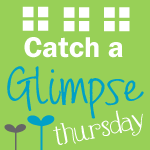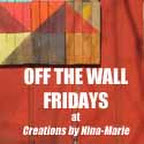This month, Heather requested Granny Squares for the Hope circle of Do. Good Stitches. Following the tutorial at Blue Elephant Stitches, I created these colorful blocks. They are usually squared up at this point, but Heather requested that we send them untrimmed. She created a Pinterest board to help us get the idea.
You can check out the rest of the blocks the Hope circle created on Flickr.
Jessica of Twin Fibers created lovely blocks that are set at a different angle, which eliminates the need to square up blocks after construction.
If you're interested in a Granny Square quilt of your own, I highly recommend Lorna McMahon's (Sew Fresh Quilts) thorough tutorial that covers a variety of layout and piecing options.
If you really get into the spirit, join the Great Granny Along hosted by Bee in My bonnet.
Granny Squares are cropping up all over the place; Moda Bake Shop even has a post featuring this popular block.
Have you created any Granny Squares? If not, are you thinking about giving them a try?
I'm linking up with the parties on my linky page. I want to especially thank Stephanie at Simply Dream & Create for featuring me.
You can check out the rest of the blocks the Hope circle created on Flickr.
Jessica of Twin Fibers created lovely blocks that are set at a different angle, which eliminates the need to square up blocks after construction.
 |
| Jessica @ Twin Fibers |
If you really get into the spirit, join the Great Granny Along hosted by Bee in My bonnet.
Granny Squares are cropping up all over the place; Moda Bake Shop even has a post featuring this popular block.
Have you created any Granny Squares? If not, are you thinking about giving them a try?
I'm linking up with the parties on my linky page. I want to especially thank Stephanie at Simply Dream & Create for featuring me.














































